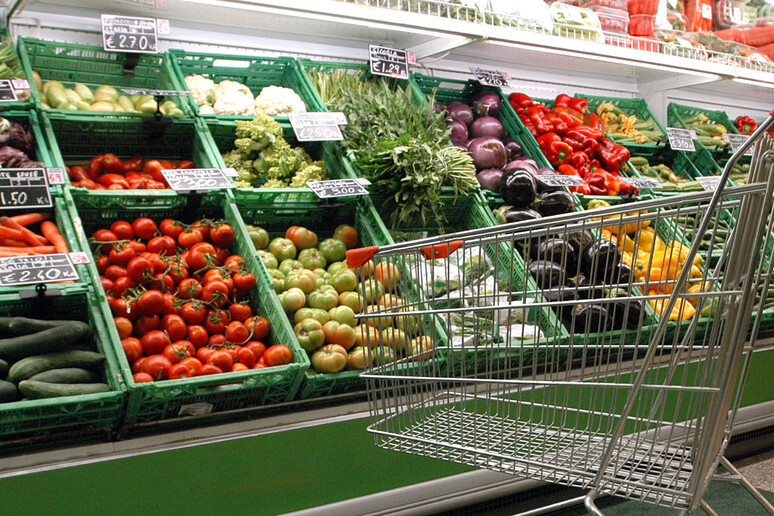Around 14 percent of the world's food is lost after harvesting and before reaching the retail shelves, the Food and Agriculture Organization said Monday in a new report kicking off World Food Week.
The State of Food and Agriculture 2019 points to the importance of reducing food waste, which occurs at the retail and consumption level and is linked to limited shelf life and consumer behaviour, such as demanding food products that meet aesthetic standards, and limited incentive to avoid food waste.
"Food is lost including through on-farm activities, storage and transportation. However, the food losses vary considerably from one region to another within the same commodity groups and supply chain stages".
The new FAO report provides insights into how much food is lost - as well as where and why - at different stages of the food supply chain, calls for informed decisions for an effective reduction and offers new ways to measure progress.
"This will not only help to achieve progress towards the important target of reducing food loss and waste, but could also contribute to a number of Sustainable Development Goals related to food security and environmental sustainability, the report states," said the report.
The report highlights the need, and offers a new methodology, to measure carefully losses at each stage in the food supply chain. "Doing so will help to identify critical loss points across the supply chain. These are points where food losses have the highest magnitude, the greatest impact on food security, and the largest economic dimensions, as well as to identify the appropriate measures for their reduction," the report said.
"As we strive to make progress towards reducing food loss and waste, we can only be truly effective if our efforts are informed by a solid understanding of the problem," said FAO Director-General Qu Dongyu in the foreword to the report.
ALL RIGHTS RESERVED © Copyright ANSA











